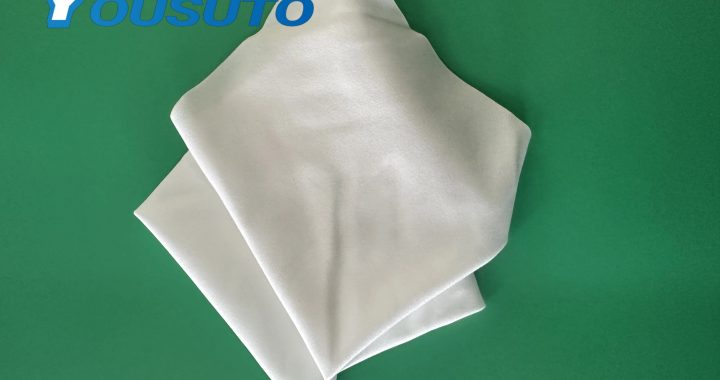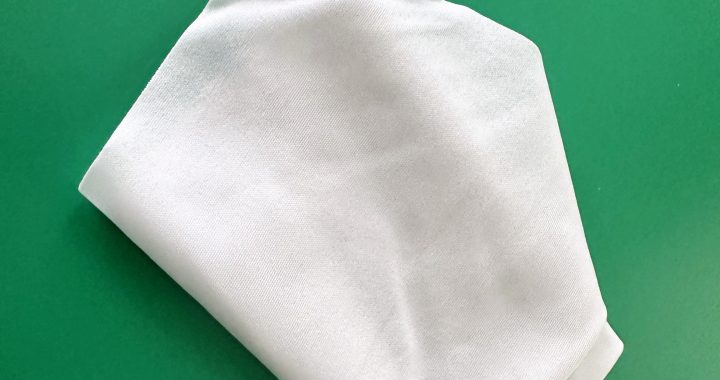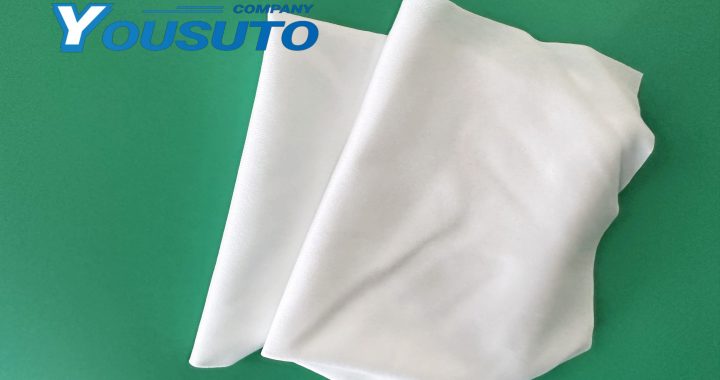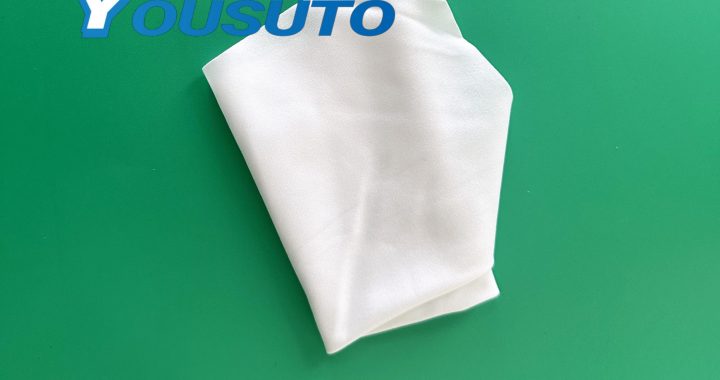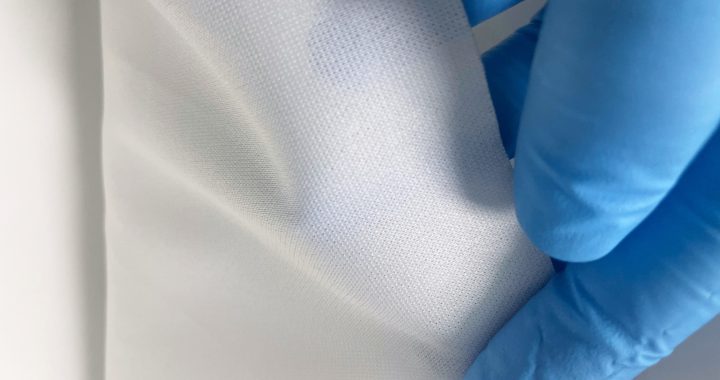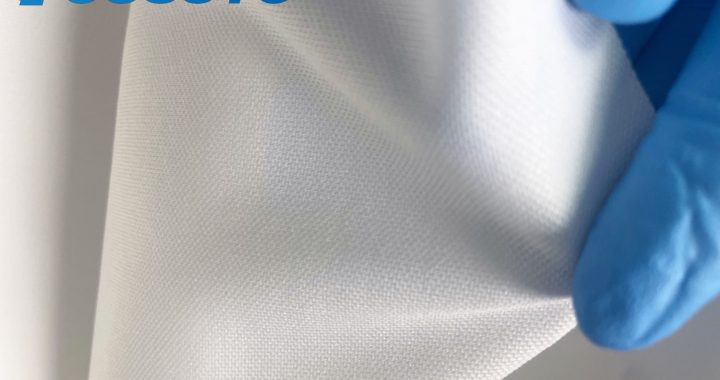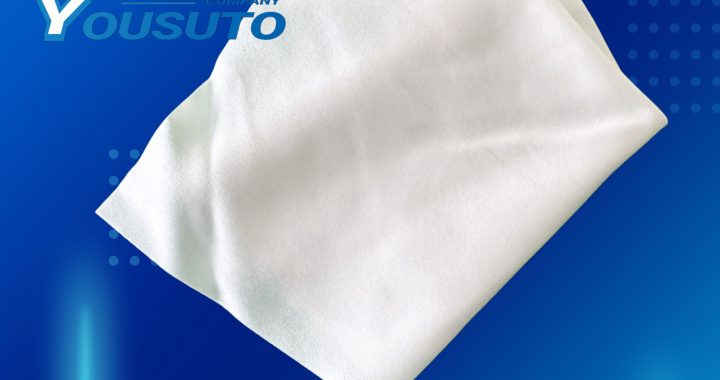Isopropyl alcohol (IPA) wipes are widely used for cleaning laboratory instruments, optical lenses, PCBs, and precision equipment. Pre-wetted, lint-free wipes efficiently remove dust, oils, flux residues, and microscopic contaminants without scratching delicate surfaces. Anti-static properties prevent electrostatic discharge (ESD), protecting sensitive components. Standard operational procedures include using single-direction wiping with controlled pressure, avoiding circular motions, and selecting appropriate wipe size and saturation for the surface area. Following these guidelines ensures consistent cleaning, maintains equipment integrity, minimizes solvent usage, and supports Class 100–1000 cleanroom compliance.
Key Features:
-
Pre-wetted with high-purity IPA for efficient cleaning
-
Lint-free and anti-static to prevent ESD damage
-
Rapid evaporation leaving no streaks or residue
-
Safe for delicate optical, electronic, and laboratory surfaces
Application Scope:
-
Laboratory and cleanroom optical instruments
-
PCB assembly and maintenance
-
Semiconductor and precision electronics cleaning
-
Industrial and research precision equipment
